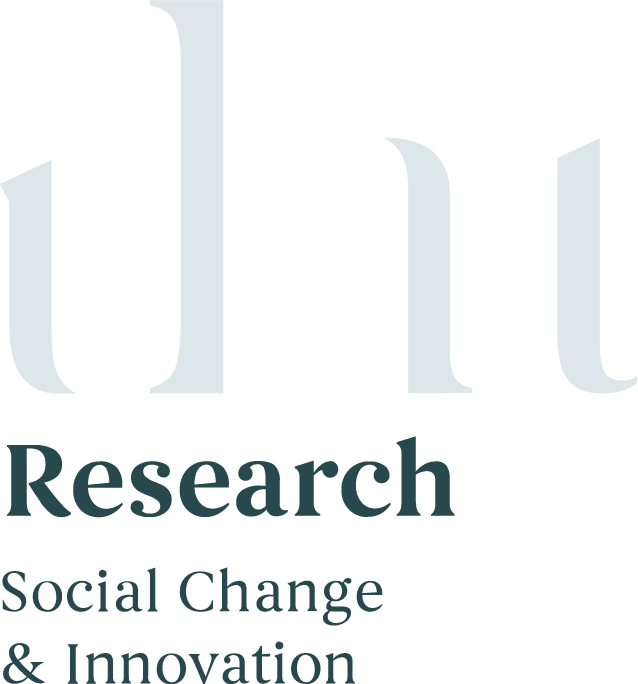Prevention of Abuse of Older People (AOP) within Aotearoa: A scan of the literature
Project Background
The Abuse of Older People (AOP), also known as elder abuse, is receiving more attention within Aotearoa (Woodhead, 2018) and internationally (World Health Organization, 2022a). Understanding and preventing this type of abuse must be a priority for governments and society, as it is a human rights issue and social justice concern (Bagshaw, Adams, Zannettino & Wendt, 2015).
Within Aotearoa New Zealand, the Ministry of Social Development (MSD) is working with diverse communities to develop and implement evidence-based family and sexual violence prevention initiatives. A change in legislation recognised AOP as a form of family violence through the passing of the Family Violence Act, 2018. In addition, AOP can be perpetuated in aged care settings, and by governments through inequitable social and economic policies that inhibit the health and wellbeing of older citizens (World Health Organization, 2022a; Woodhead, 2018). There is increasing interest in evidence-based programmes focussed on the prevention of AOP. However, there has been limited research previously commissioned in relation to AOP which specifically focusses on prevention.
What we did
Ihi Research undertook an initial scan of available literature for the Ministry of Social Development (MSD) to better understand the abuse of older people (AOP) within Aotearoa New Zealand, as well as factors associated with it
A summary of common findings emerging from literature scan analysis are presented in the figure. Four key domains surfaced: aged adults, caregivers, context and system drivers interact to increase the risk of AOP. Preventive factors associated with each of these domains have been shown to decrease the risk of exposure to AOP.
Outcome
The context in which people live influence the risk and protective factors related to AOP. A lack of acknowledgement of government social and economic policies that place some groups of older people at risk of AOP is evident in the literature.
Findings highlighted the interrelated nature of risk and protective/preventative factors and how these emerged across wider environments. Risk factors emerged in the absence of protective factors. Analysis highlighted the emphasis on risk factors, but there was little evidence on how to prevent and/or address AOP, particularly given most abusers are identified as family/whānau members. Whilst family mediation and restorative justice were identified in one study, there was concern expressed about the cultural competence of staff who may be involved in such processes.
Recommendations
A number of recommendations emerged from the literature review including;
Undertake further research into the four domains (aged adults, caregivers/ whānau/family wellbeing, context and systems drivers) that emerged from this literature scan to better understand how they interact to increase and/ or reduce the risk of AOP.“
Find out how we can help you
We’ll work with you to find out what’s working, where investment could be put to best use or how to improve anything not going to plan. We can help you define success and set tangible, measurable goals. And we talk in real language so you can understand and engage with the findings. We engage with the community to conduct community research and consultations for private companies, trusts, government agencies, NGOs and more. But we have a special interest in research that has a purpose - to better society and teach lessons. We aim to help those we work with build capacity to enact positive change.



